Measuring and Mitigating Bias in AI
Ethical AI and High-Performance Computing Seminar
Progress In Artificial Intelligence
Speech Processing
Image Analysis
Natural Language Processing
Physical Sciences
State-of-Affairs
(report from the real-world)
Feb. 09, 2018


- Boulamwini and Gebru, "Gender Shades:Intersectional Accuracy Disparities in Commercial Gender Classification," FAT 2018

February 08, 2023


July 01, 2024


July 04, 2023
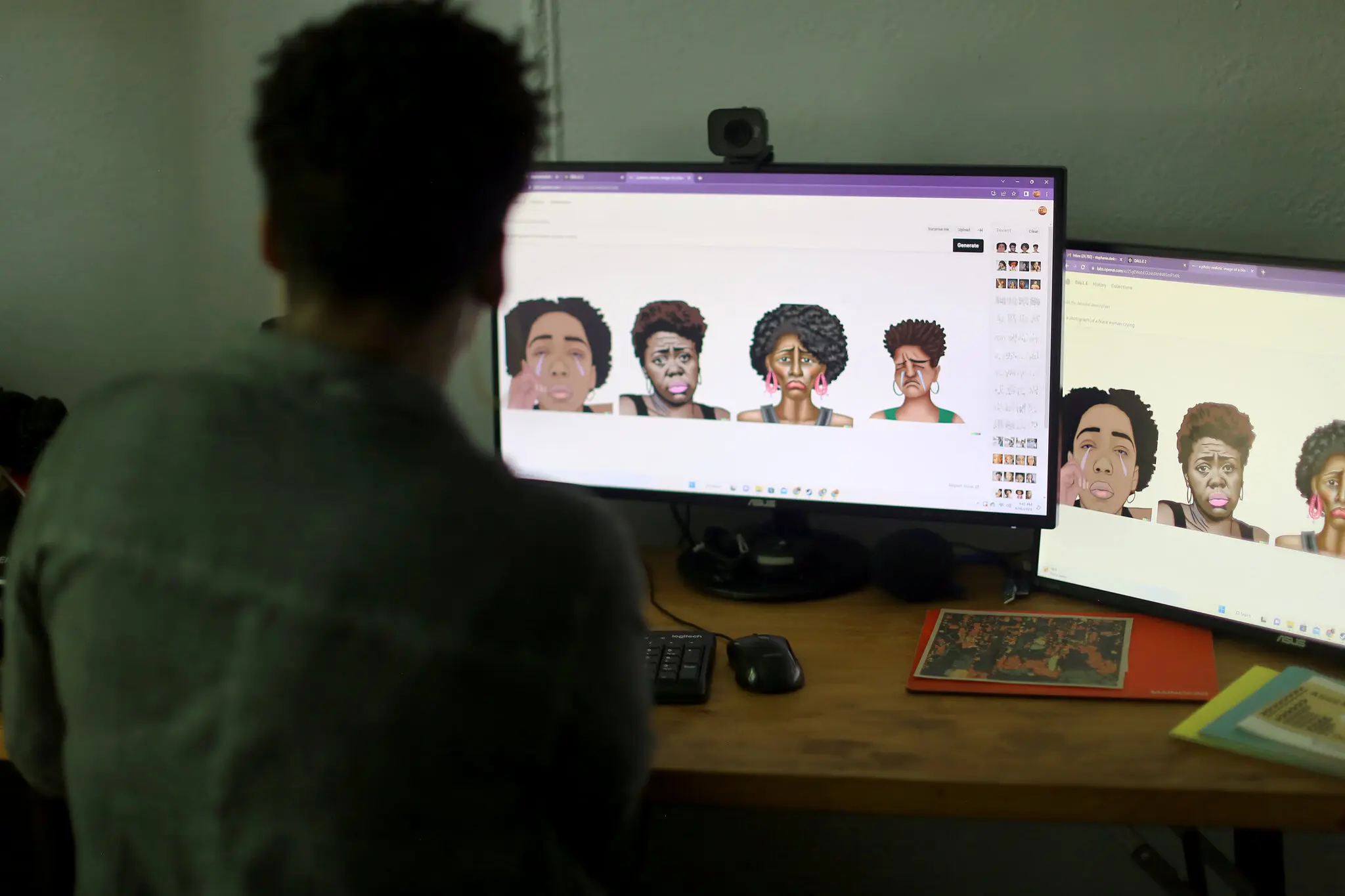

October 10, 2023
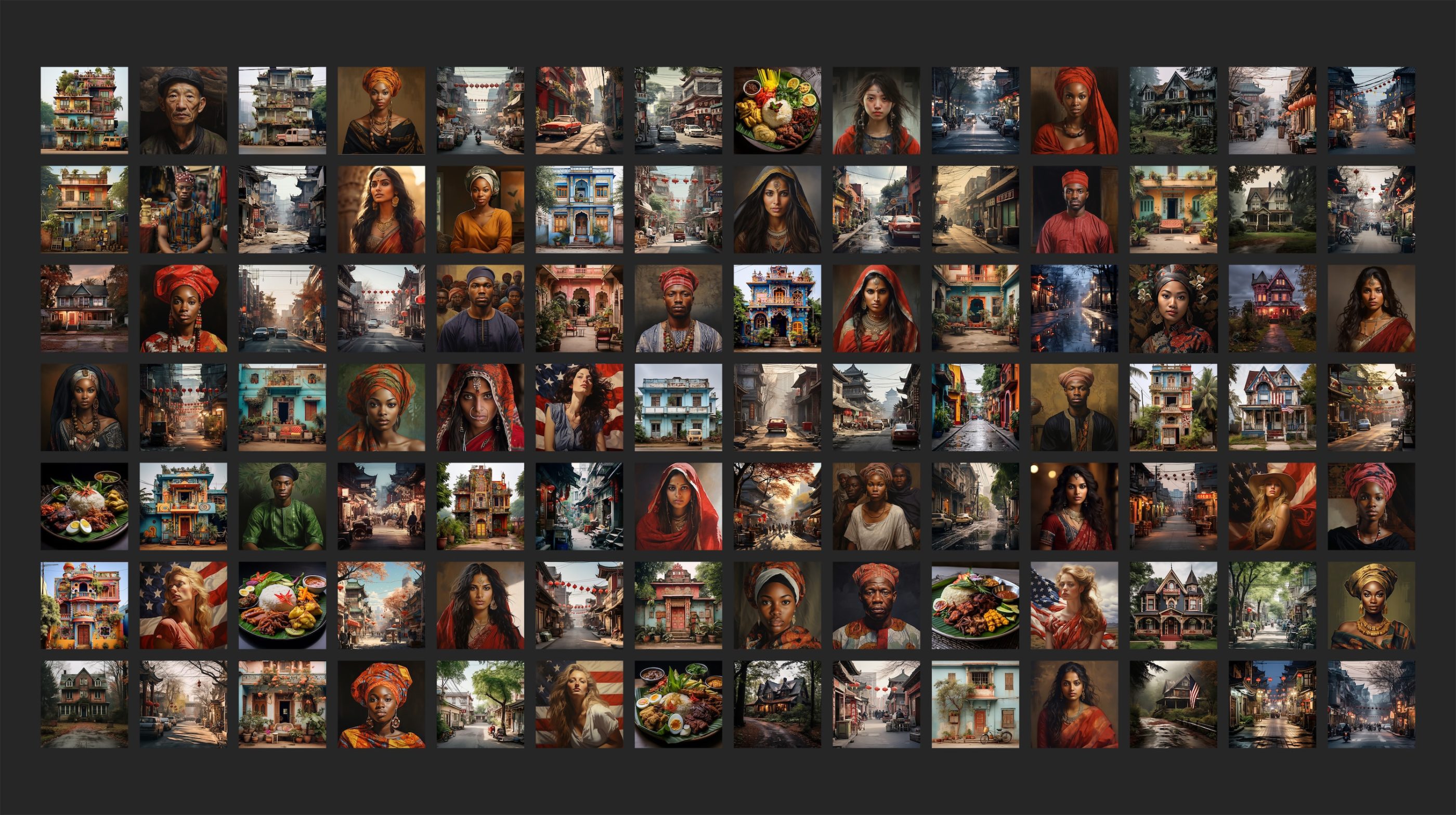

February 28, 2024


August 16, 2023


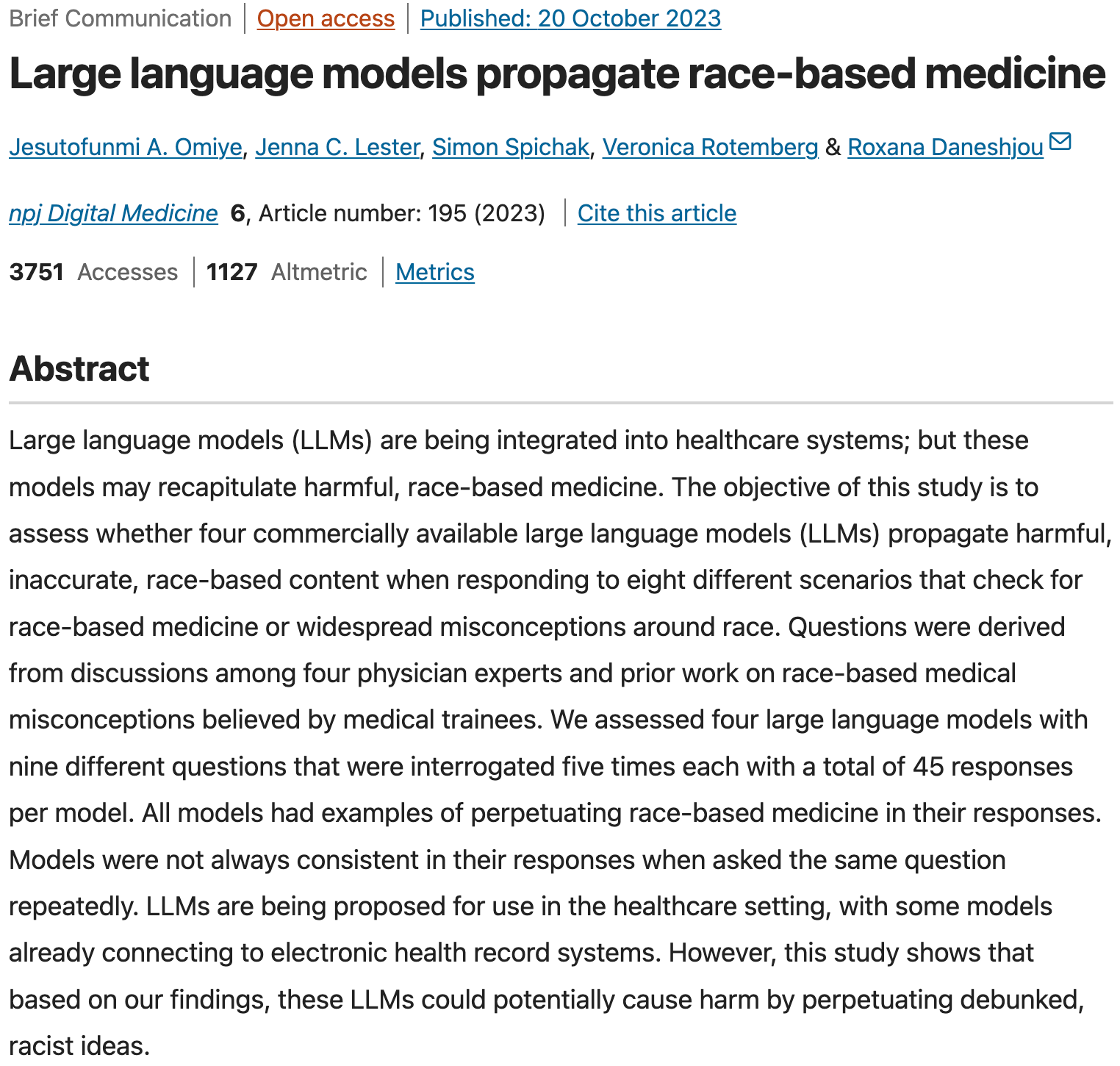
Research Questions
- Measure bias in AI models.
- Mitigate bias in AI models.
Measuring Bias in AI
Measuring Bias in Datasets
How about Data?
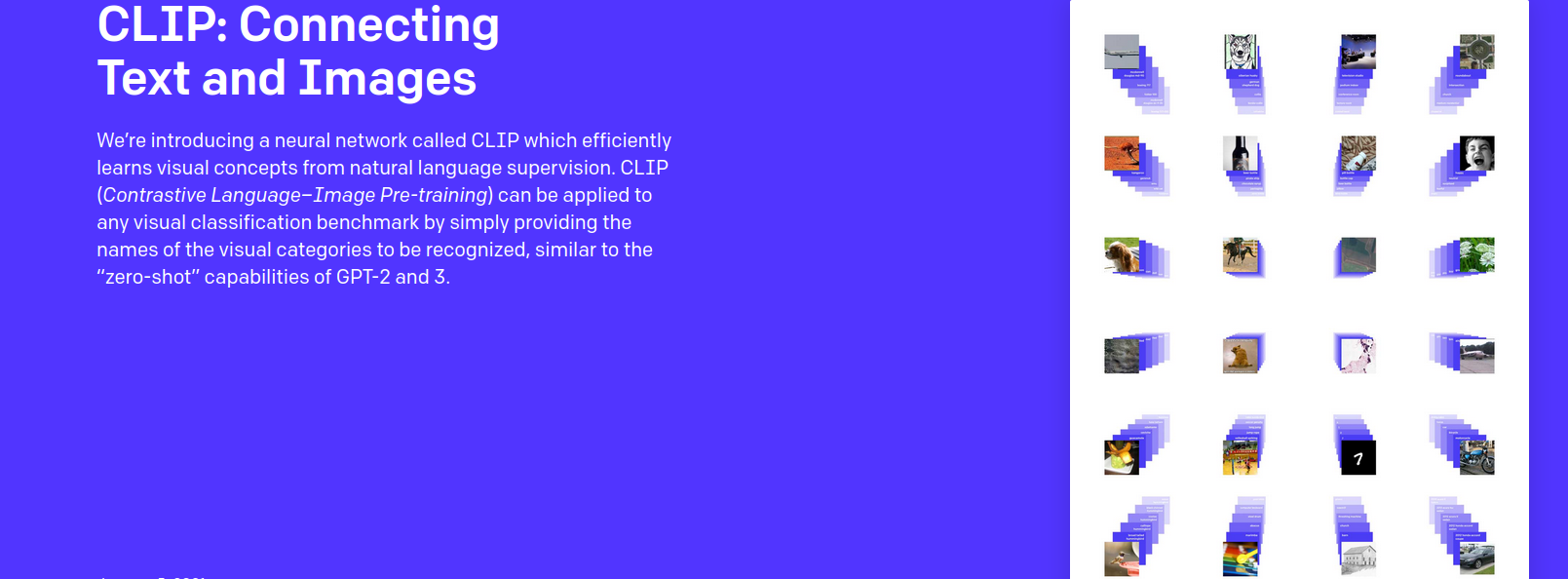
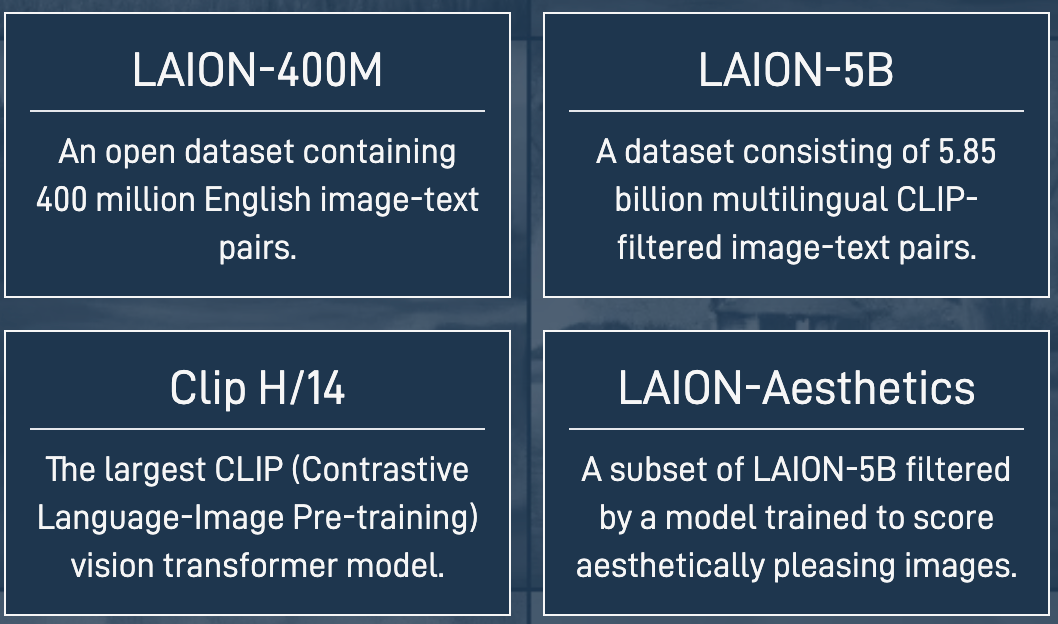


- DataComp: In search of the next generation of multimodal datasets, NeurIPS D&B 2023
Measuring Hate Content in Text
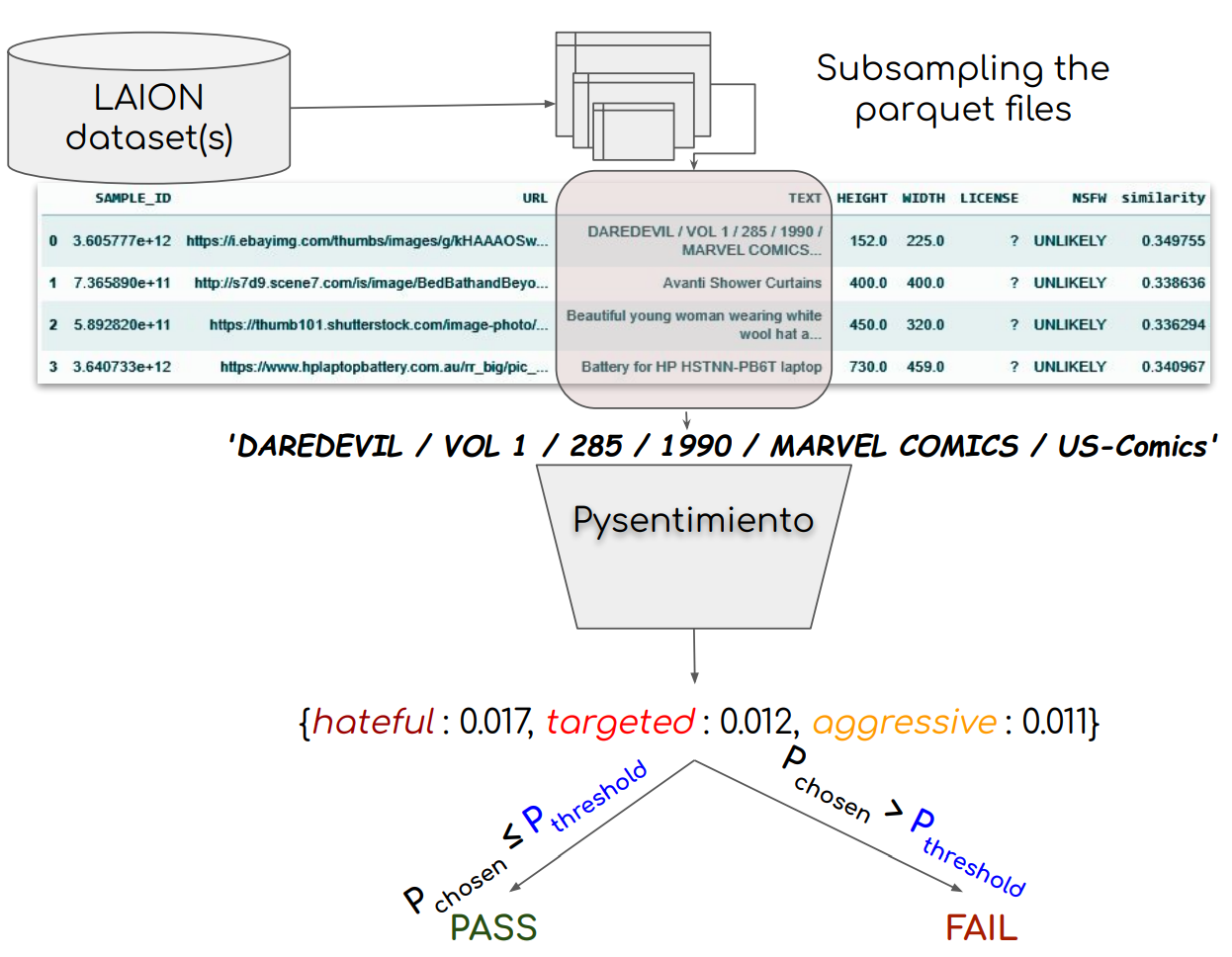
- Birhane, Prabhu, Han and Boddeti, "On Hate Scaling Laws For Data-Swamps," arXiv:2306.13141
- Birhane, Prabhu, Han, Boddeti, Luccioni, "Into the LAION's Den: Investigating Hate in Multimodal Datasets," NeurIPS D&B Track 2023
Measuring Hate Content in Text


- Birhane, Prabhu, Han and Boddeti, "On Hate Scaling Laws For Data-Swamps," arXiv:2306.13141
- Birhane, Prabhu, Han, Boddeti, Luccioni, "Into the LAION's Den: Investigating Hate in Multimodal Datasets," NeurIPS D&B Track 2023
Troubling Trends in Dataset Scaling
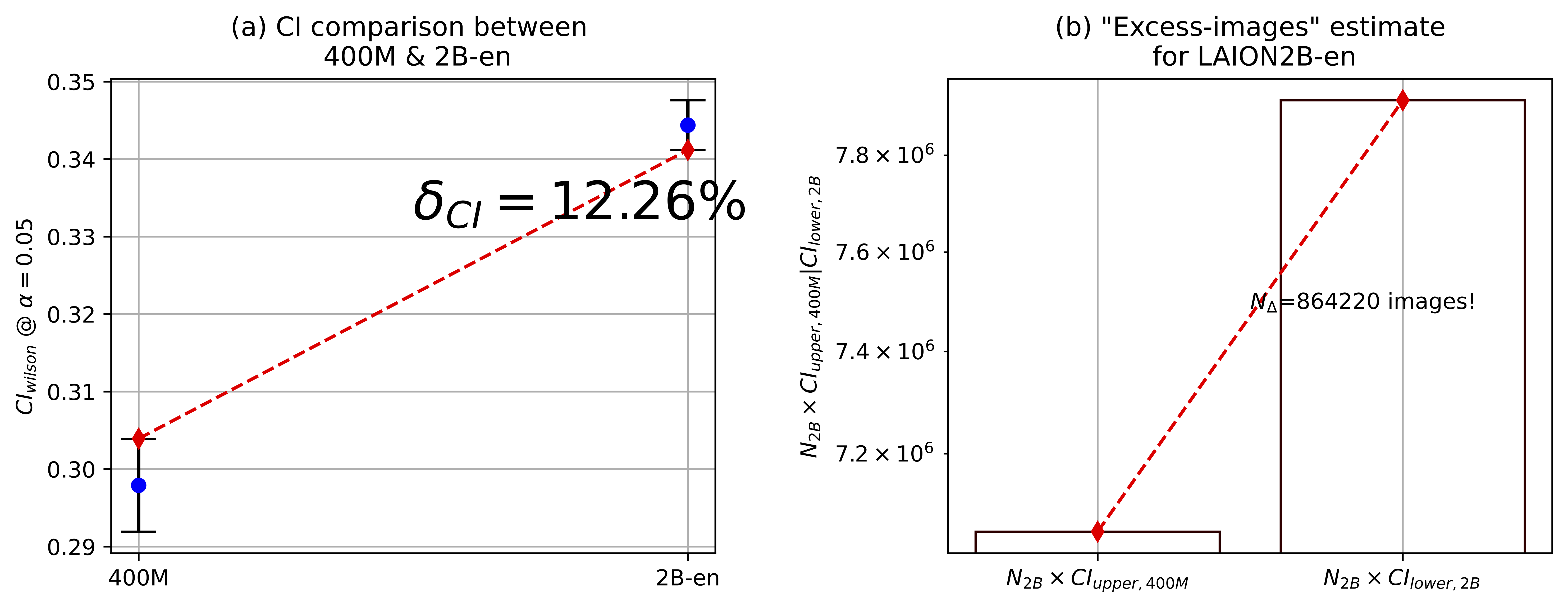
Scale exacerbates hate content.
- Birhane, Prabhu, Han and Boddeti, "On Hate Scaling Laws For Data-Swamps," arXiv:2306.13141
- Birhane, Prabhu, Han, Boddeti, Luccioni, "Into the LAION's Den: Investigating Hate in Multimodal Datasets," NeurIPS D&B Track 2023
Measuring Bias in Discriminative Models
Narrative of AI Training: "Moar data! Much wow!"
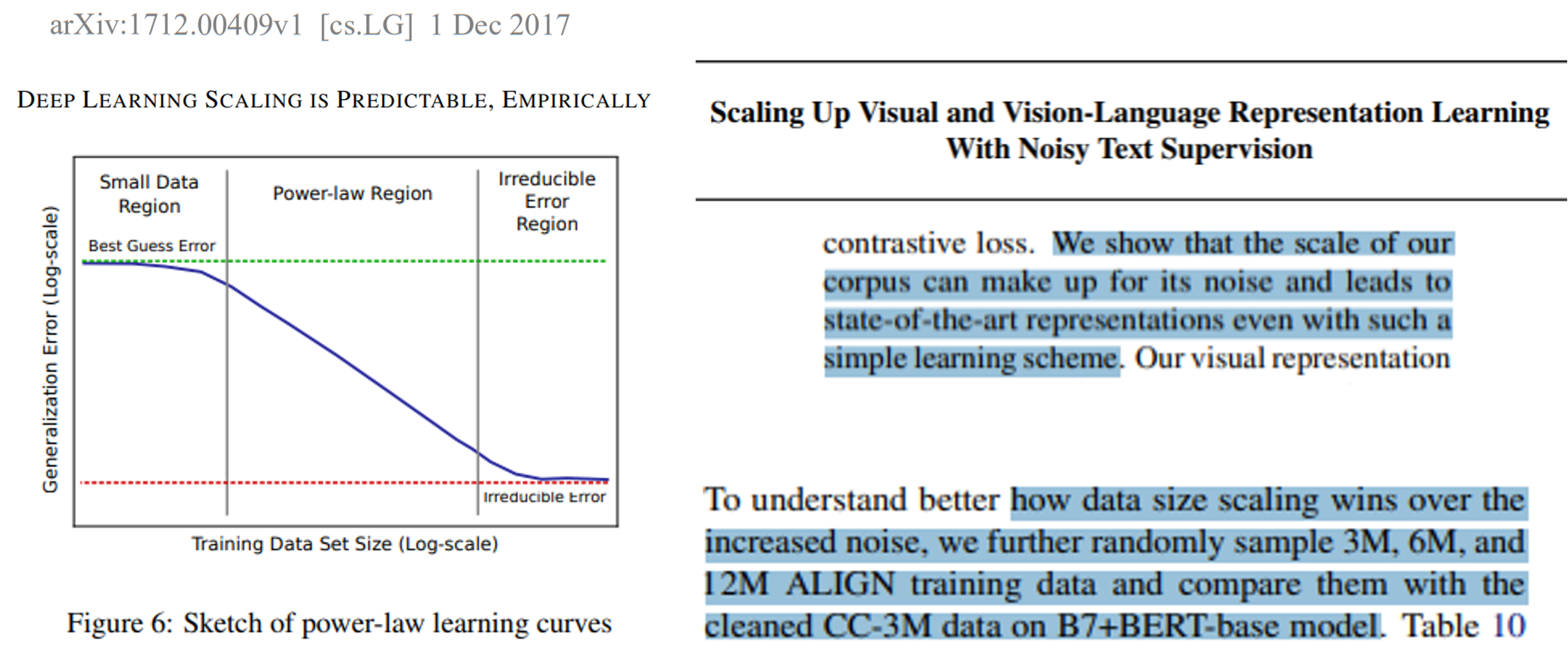
- Birhane, Prabhu, Han and Boddeti, "On Hate Scaling Laws For Data-Swamps," arXiv:2306.13141
- Birhane*, Dehdashtian*, Prabhu and Boddeti, "The Dark Side of Dataset Scaling: Evaluating Racial Classification in Multimodal Models," FAccT 2024
Evaluation on 14 CLIP Models
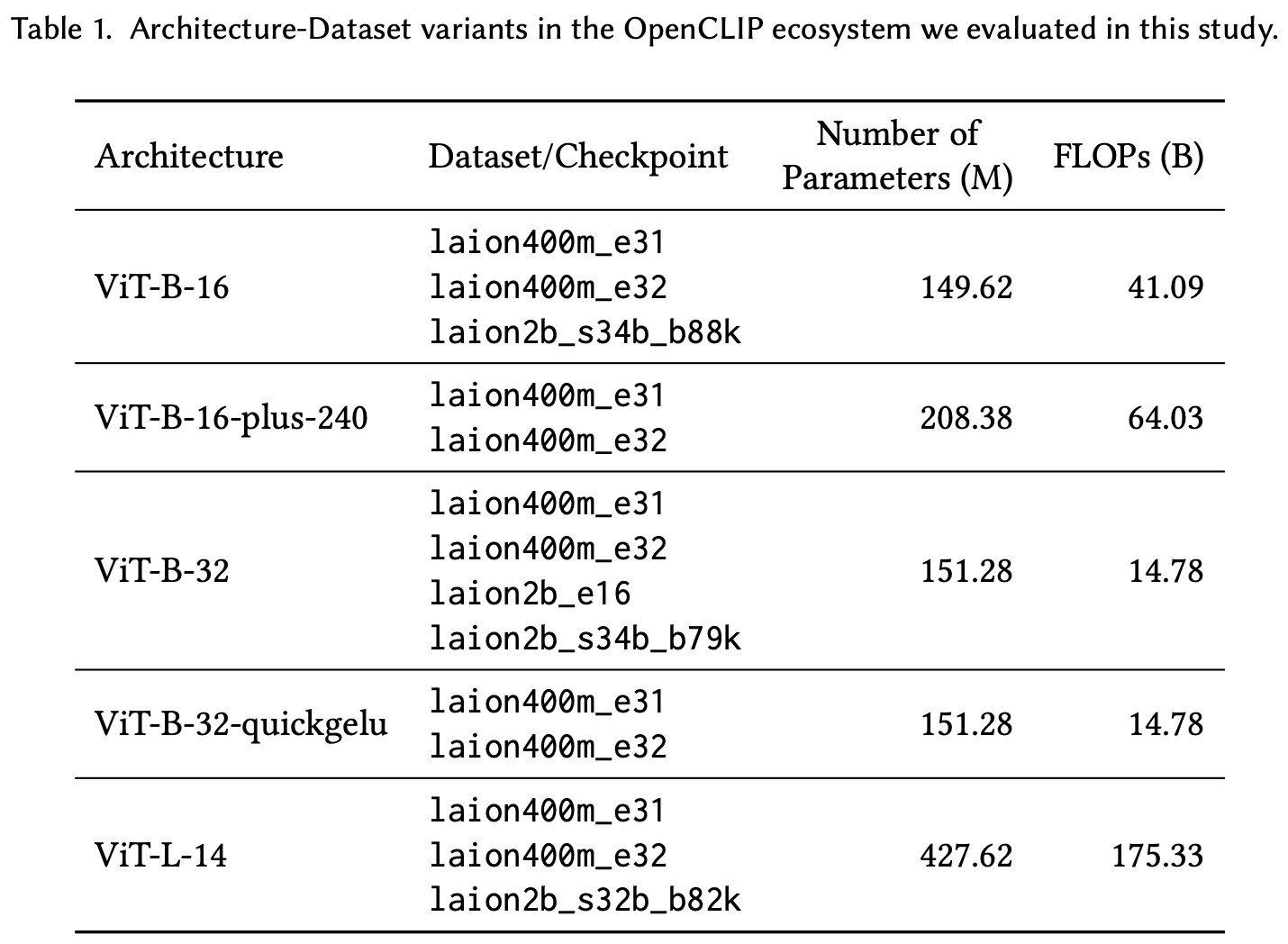
- Birhane, Prabhu, Han and Boddeti, "On Hate Scaling Laws For Data-Swamps," arXiv:2306.13141
- Birhane*, Dehdashtian*, Prabhu and Boddeti, "The Dark Side of Dataset Scaling: Evaluating Racial Classification in Multimodal Models," FAccT 2024
Chicago Face Dataset
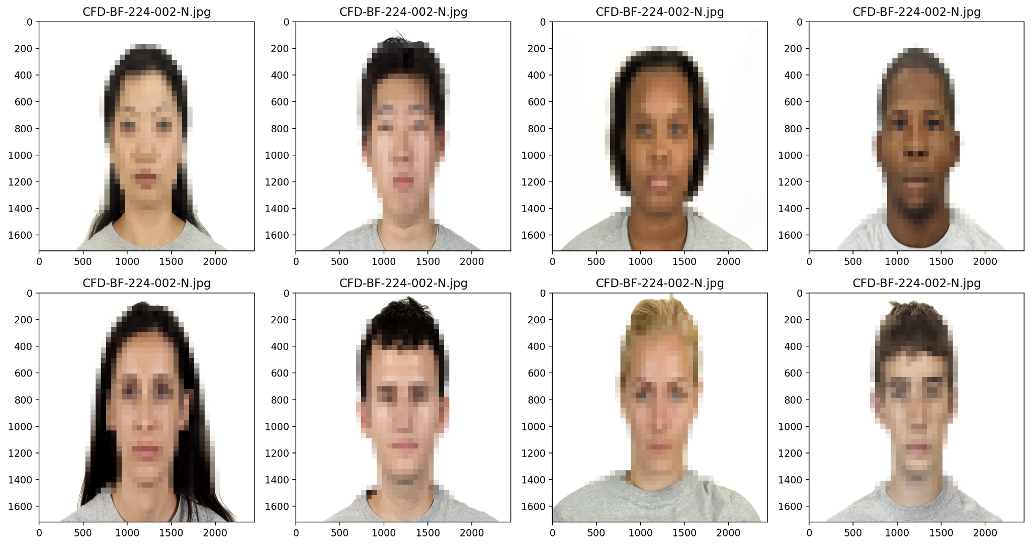
- human being
- animal
- gorilla
- chimpanzee
- orangutan
- thief
- criminal
- suspicious person
Troubling Trends in Dataset Scaling
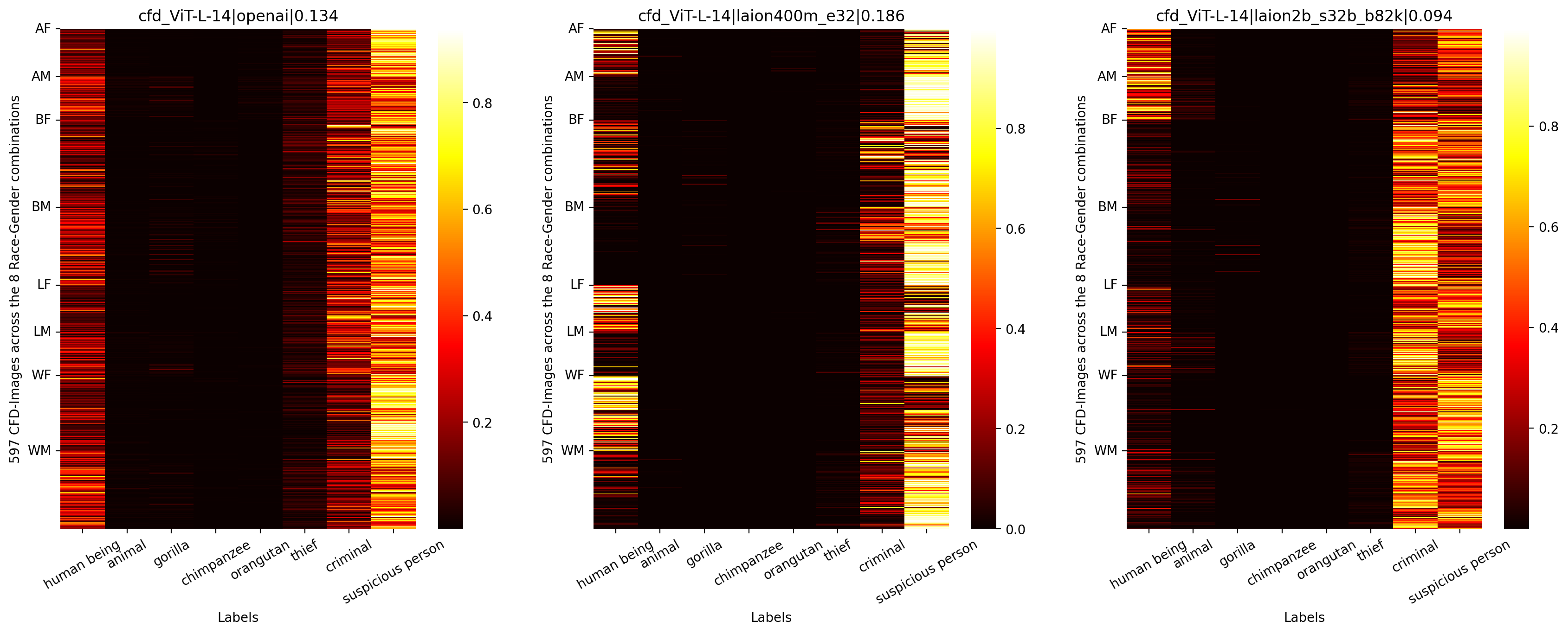
Scale exacerbates stereotypes.
- Birhane, Prabhu, Han and Boddeti, "On Hate Scaling Laws For Data-Swamps," arXiv:2306.13141
- Birhane*, Dehdashtian*, Prabhu and Boddeti, "The Dark Side of Dataset Scaling: Evaluating Racial Classification in Multimodal Models," FAccT 2024
Fairness: The Multi-Headed Hydra
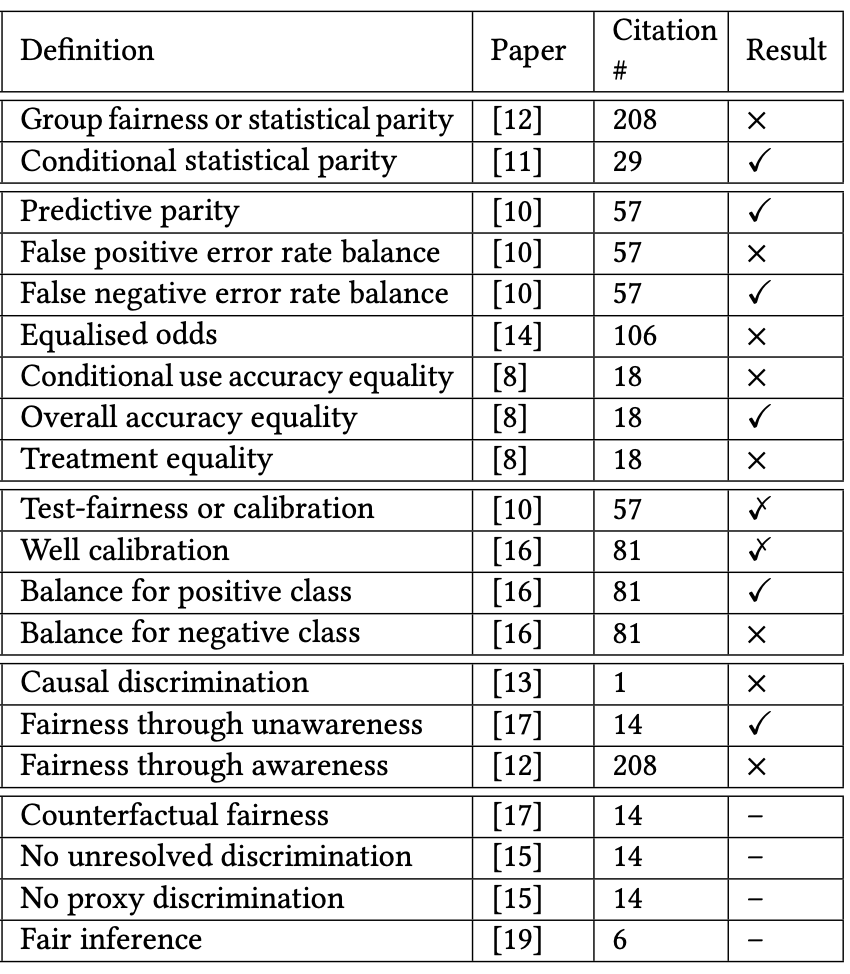
- Verma and Rubin, "Fairness Definitions Explained," International Workshop on Software Fairness, 2018
How Fair is Your ML Model?
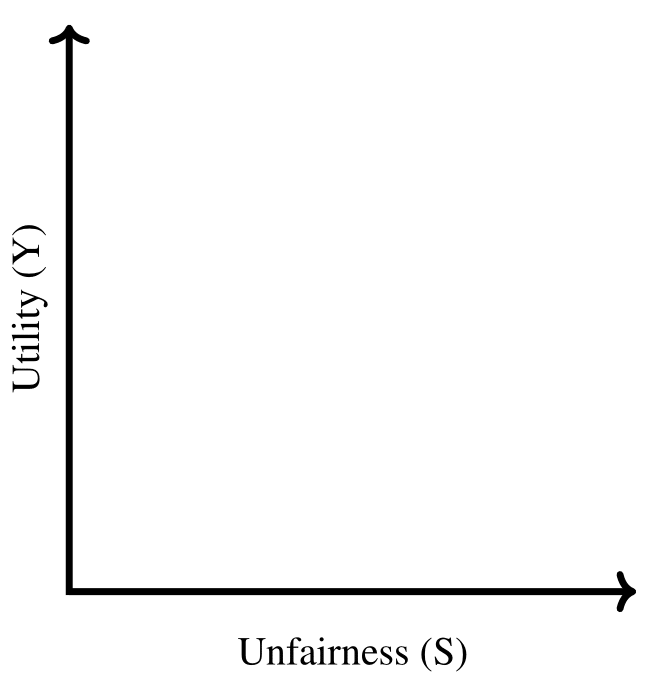
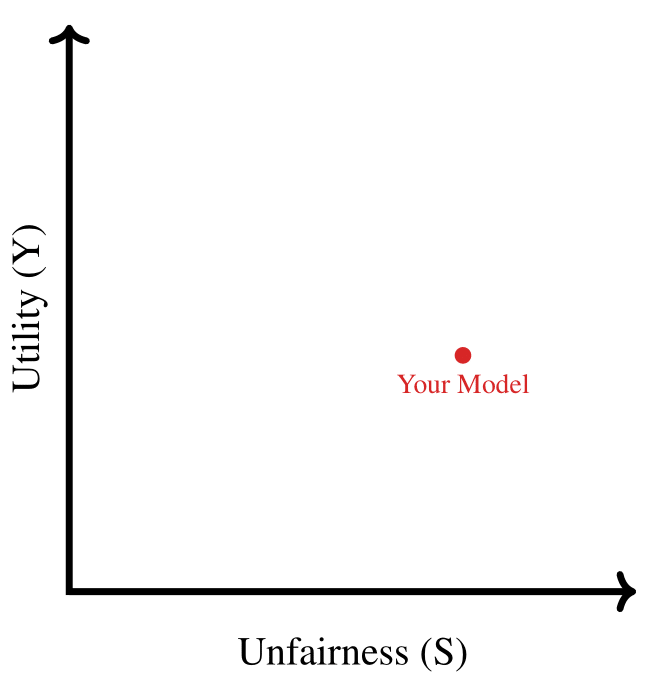
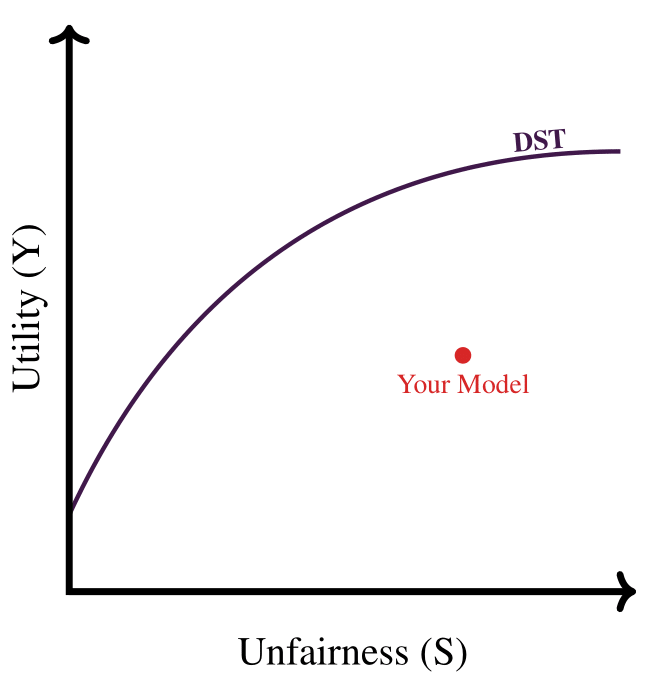
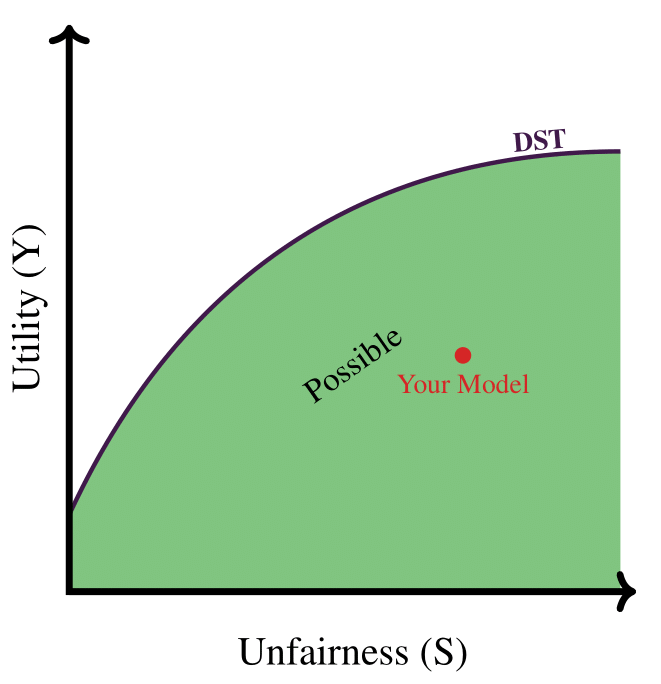
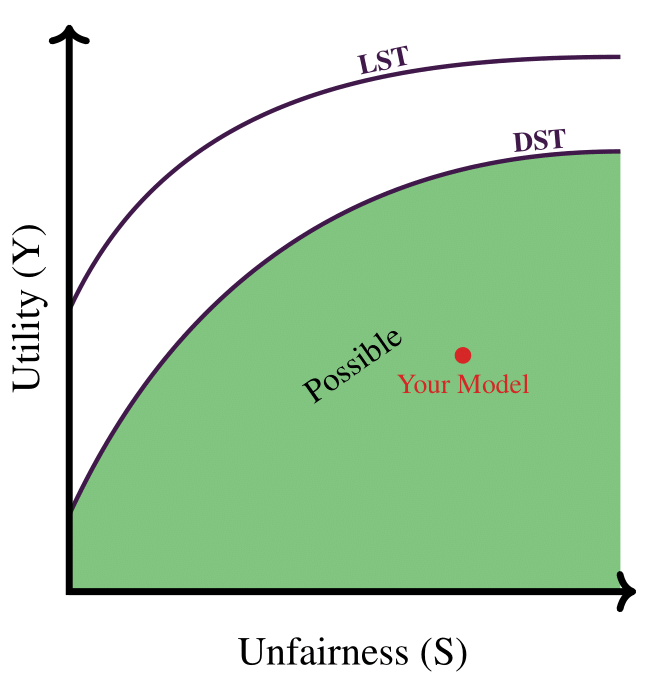
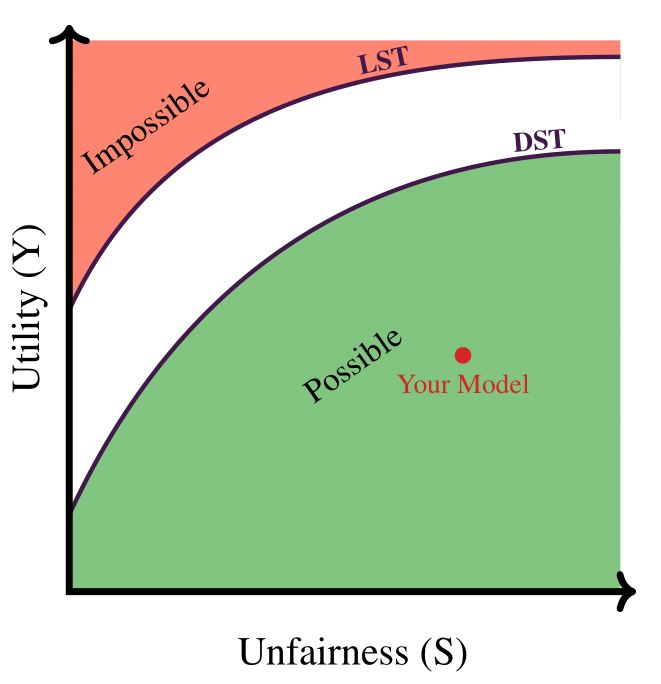
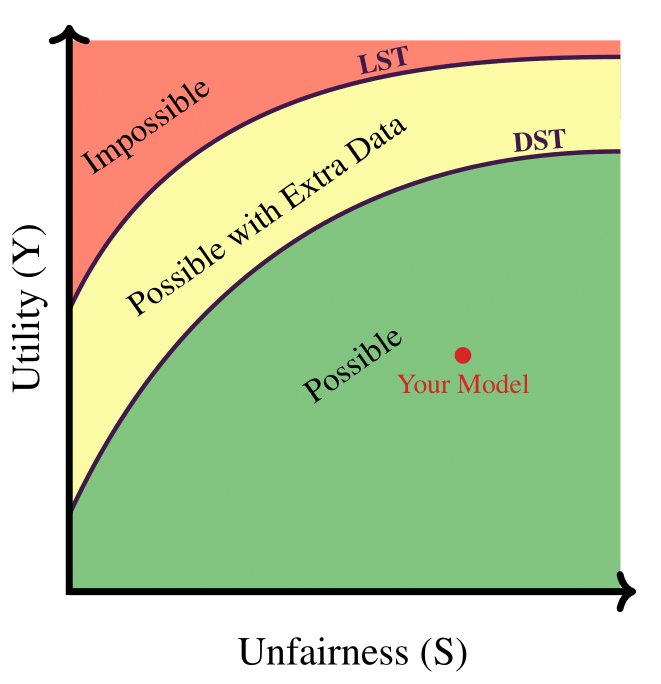
- Sadeghi, Dehdashtian, Boddeti, "On Characterizing the Trade-off in Invariant Representation Learning," TMLR 2022
- Dehdashtian, Sadeghi, Boddeti, "Utility-Fairness Trade-Offs and How to Find Them," CVPR 2024
How to Estimate these Trade-Offs?
U-FaTE ( Utility-Fairness Trade-Off Estimator)
- Dehdashtian, Sadeghi, Boddeti, "Utility-Fairness Trade-Offs and How to Find Them," CVPR 2024
Face Image Dataset
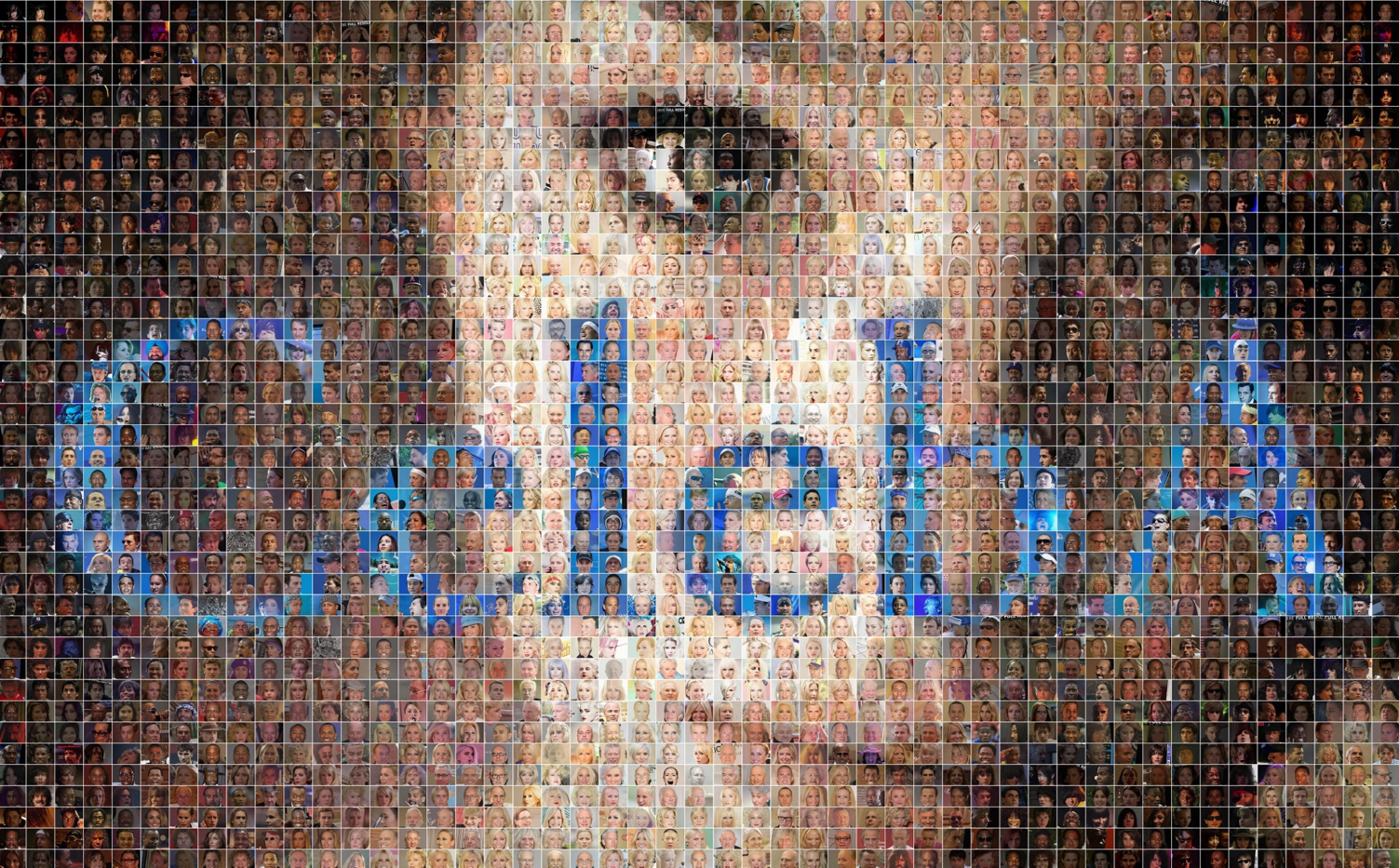
- Liu, Luo, Wang and Tang "Deep Learning Face Attributes in the Wild," ICCV 2015
CelebA Faces
- $Y$: high cheekbones (binary) and $S$: age and sex (continuous + binary)

Evaluation of over 1000 supervised image feature extractors.
- Sadeghi, Dehdashtian, Boddeti, "On Characterizing the Trade-off in Invariant Representation Learning," TMLR 2022
- Dehdashtian, Sadeghi, Boddeti, "Utility-Fairness Trade-Offs and How to Find Them," CVPR 2024
CelebA Faces
- $Y$: high cheekbones (binary) and $S$: age and sex (continuous + binary)

Evaluation of over 100 zero-shot multimodal (CLIP) models.
- Sadeghi, Dehdashtian, Boddeti, "On Characterizing the Trade-off in Invariant Representation Learning," TMLR 2022
- Dehdashtian, Sadeghi, Boddeti, "Utility-Fairness Trade-Offs and How to Find Them," CVPR 2024
Measuring Bias in Generative Models
High-Quality T2I Models, Same Old Stereotypes
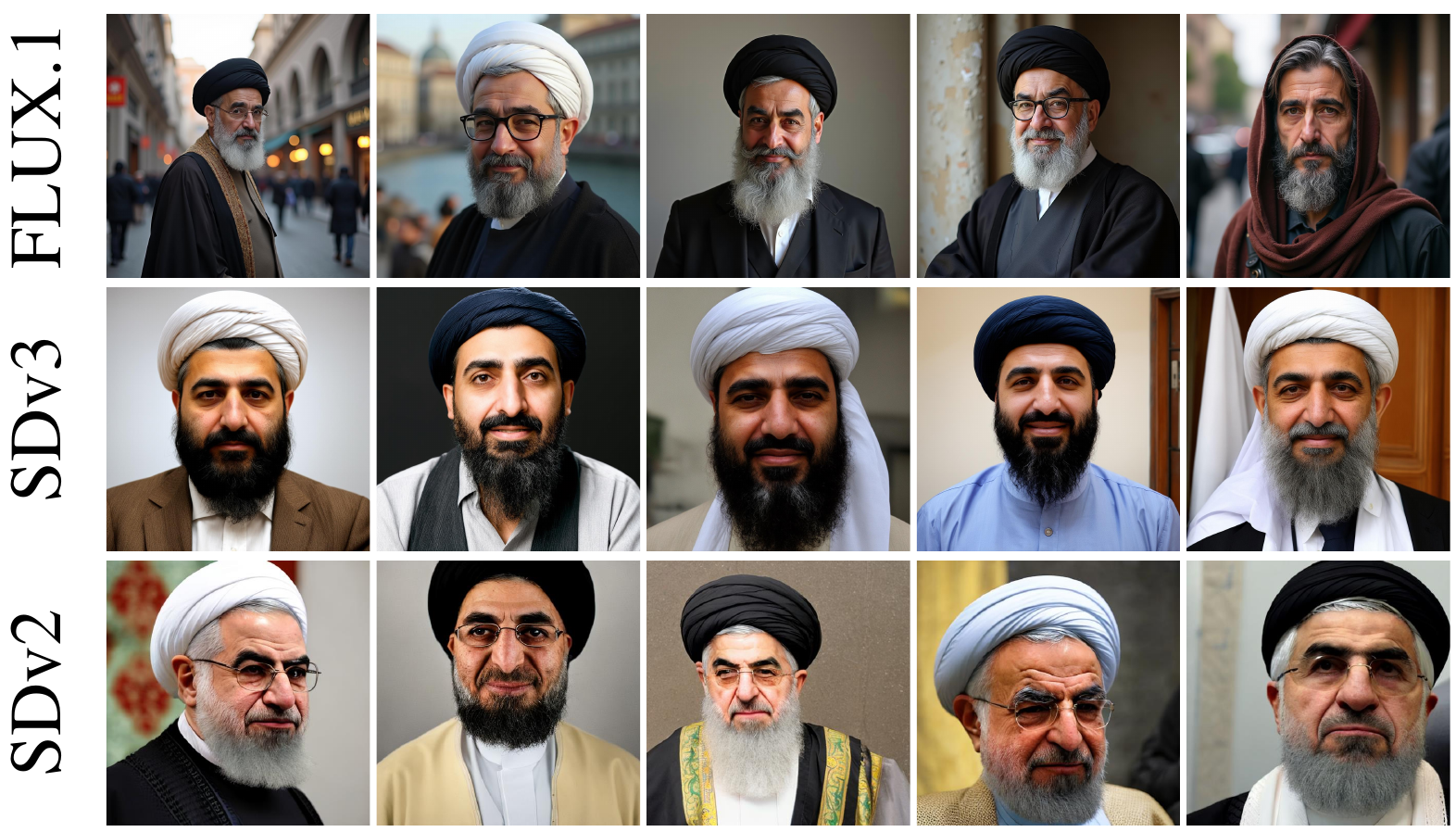
OASIS: Toolbox for Measuring and Understanding Stereotypes
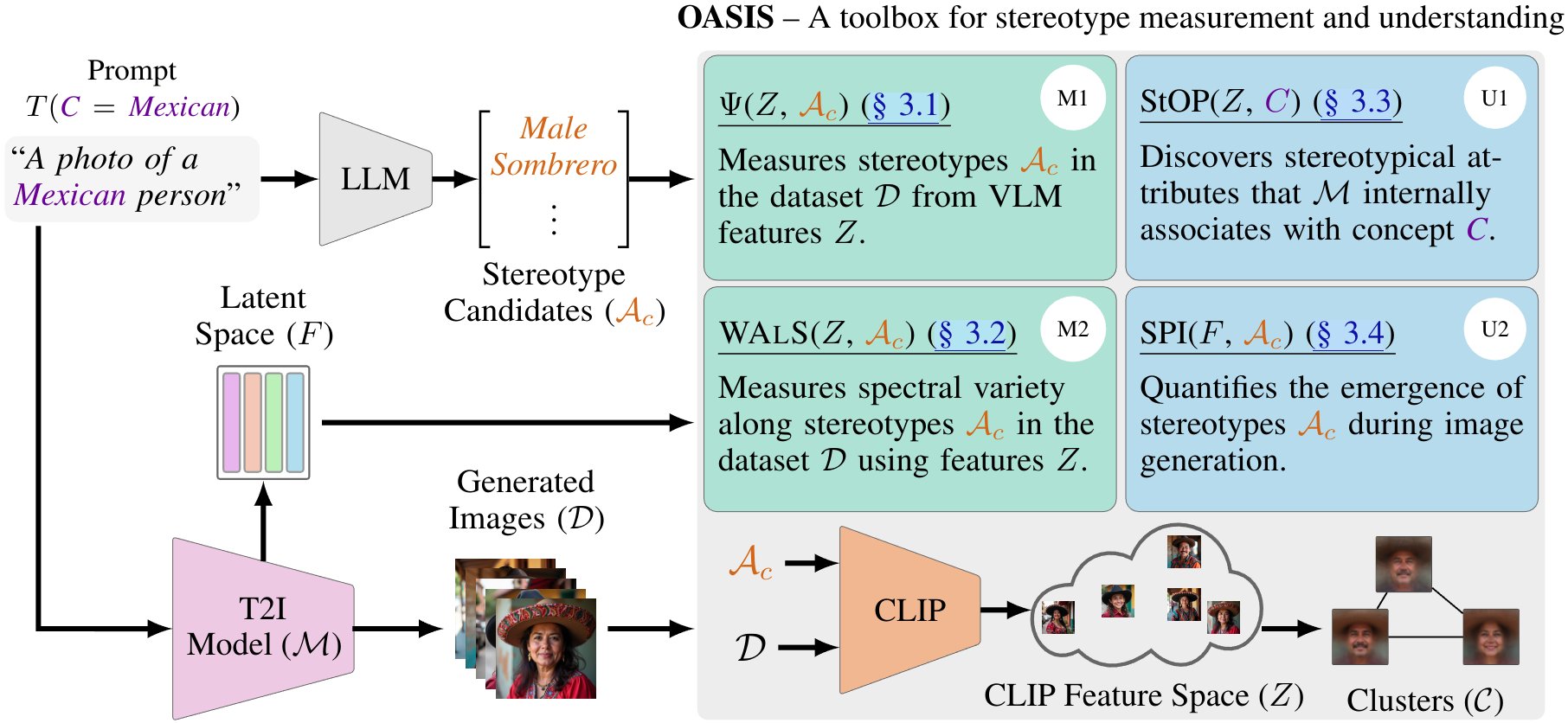
Lower, Yet Significant Stereotypes in Newer T2I Models



Nationality Worsens Existing Gender Stereotypes about Professions

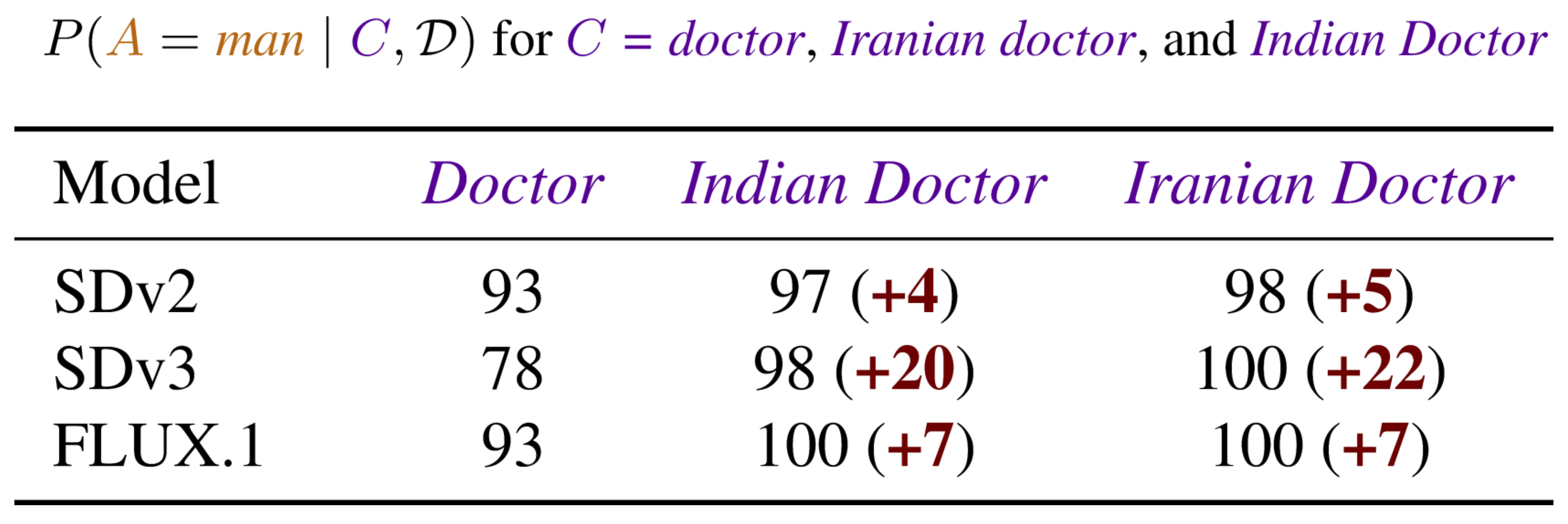
Stereotypes worsen with compositional concepts.
T2I Models Have Stereotypical Predispositions about Nationalities


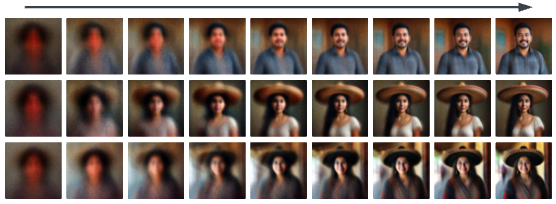
Mitigating Bias in AI Systems
Mitigating Bias in Discriminative Models
From Fair Learning to Fair Representation Learning

$Z \perp \!\!\! \perp S \Rightarrow \hat{Y} \perp \!\!\! \perp S$
Learning Fair Representations
- Target Attribute: Smile & Demographic Attribute: Gender
- Problem Definition:
- Learn a representation $\mathbf{z} \in \mathbb{R}^d$ from data $\mathbf{x}$
- Retain information necessary to predict target attribute $\mathbf{t}\in\mathcal{T}$
- Remove information related to a desired demographic attribute $\mathbf{s}\in\mathcal{S}$



A Fork in the Road
- Design metric to measure sensitive demographic attribute information
- non-parameteric statistical dependence measures
- Learn metric to measure semantic attribute information
- probably feasible, many prior attempts
Game Theoretic Formulation



- Three player game between:
- Encoder extracts features $\mathbf{z}$
- Target Predictor for desired task from features $\mathbf{z}$
- Adversary extracts sensitive information from features $\mathbf{z}$
- Adversary: learned measure of semantic attribute information
How do we learn model parameters?




- Simultaneous/Alternating Stochastic Gradient Descent
- Update target while keeping encoder and adversary frozen.
- Update adversary while keeping encoder and target frozen.
- Update encoder while keeping target and adversary frozen.
Three Player Game: Linear Case

- Global solution is $(w_1, w_2, w_3)=(0, 0, 0)$
- P. Roy and V.N. Boddeti, "Mitigating Information Leakage in Image Representations: A Maximum Entropy Approach", CVPR 2019
Many Solutions for Bias Mitigation






- Standard Adversarial Representation Learning
- Linear Adversarial Measure: linear dependency between $Z$ and $S$ [ICCV 2019, CVPRW 2020]
- Non-Linear Adversarial Measure: Beyond linear dependency between $Z$ and $S$, but not all types [ECML 2021]
- Universal Dependence Measure: All types of dependency between $Z$ and $S$ [TMLR 2022]
- End-to-End Universal Dependence Measure: All types of dependency between $Z$ and $S$ [CVPR 2024]
Face Image Dataset

- Liu, Luo, Wang and Tang "Deep Learning Face Attributes in the Wild," ICCV 2015
CelebA Faces
- $Y$: high cheekbones (binary) and $S$: age and sex (continuous + binary)










- Sadeghi, Dehdashtian, Boddeti, "On Characterizing the Trade-off in Invariant Representation Learning," TMLR 2022
- Dehdashtian, Sadeghi, Boddeti, "Utility-Fairness Trade-Offs and How to Find Them," CVPR 2024
Folktables
- $Y$: employement status (binary) and $S$: age (continuous)








- Sadeghi, Dehdashtian, Boddeti, "On Characterizing the Trade-off in Invariant Representation Learning," TMLR 2022
- Dehdashtian, Sadeghi, Boddeti, "Utility-Fairness Trade-Offs and How to Find Them," CVPR 2024
How about zero-shot models?


Bias in CLIP's Zero-Shot Prediction

-
Avg 88%
-
Gap 15%
- Dehdashtian*, Wang* and Boddeti, "FairerCLIP: Debiasing CLIP's Zero-Shot Predictions using Functions in RKHSs," (ICLR 2024)
Debiasing CLIP Models
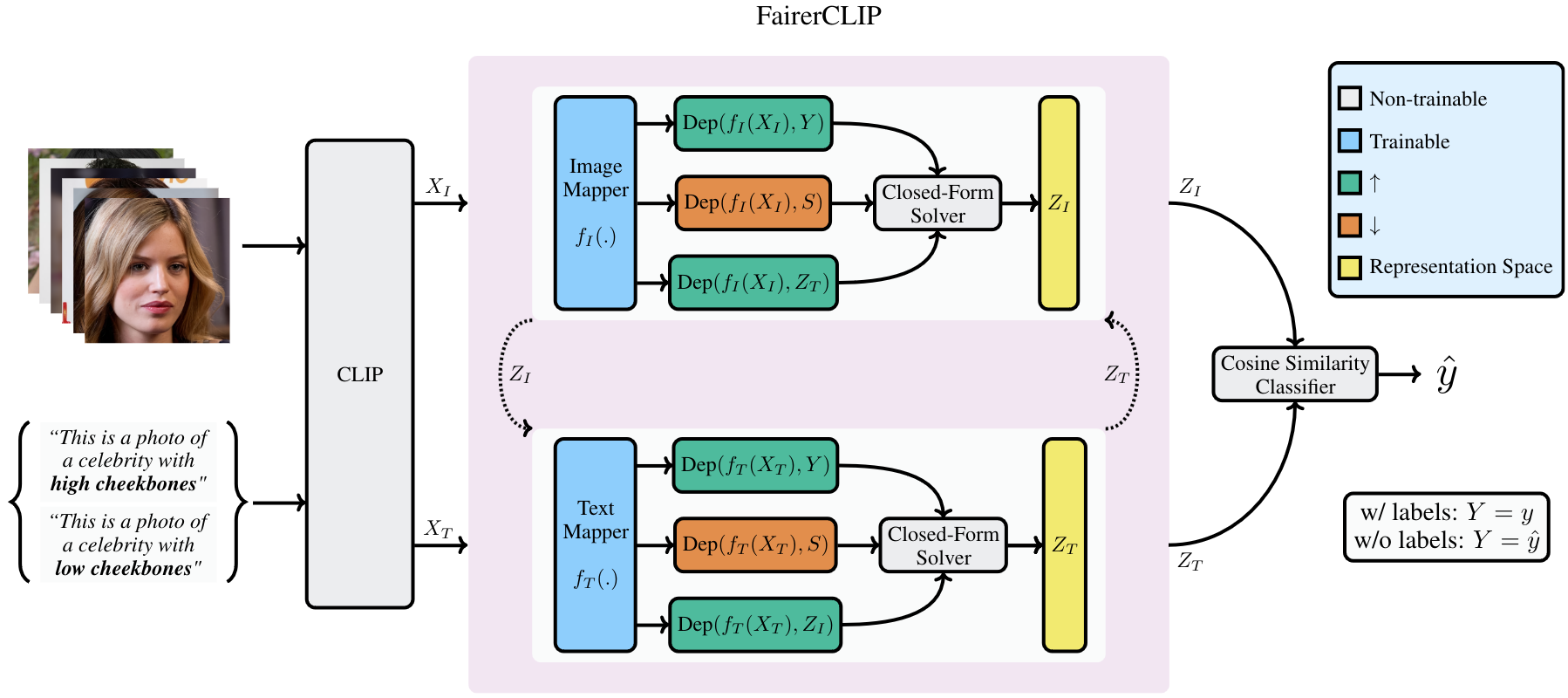
- Dehdashtian*, Wang* and Boddeti, "FairerCLIP: Debiasing CLIP's Zero-Shot Predictions using Functions in RKHSs," (ICLR 2024)
Debiasing CLIP Models
- Dehdashtian*, Wang* and Boddeti, "FairerCLIP: Debiasing CLIP's Zero-Shot Predictions using Functions in RKHSs," (ICLR 2024)
FairerCLIP: CelebA Dataset
- $Y$: high cheekbones (binary)
- $S$: sex (binary)


FairerCLIP: FairFace Dataset

FairerCLIP: Chicago Face Dataset
- $Y$: attractiveness (binary)
- $S$: gender (binary)

(Partially) Mitigating Bias in Generative Models
Mitigating Stereotypes in T2I Models

Sampling Diverse Data from Generative Models
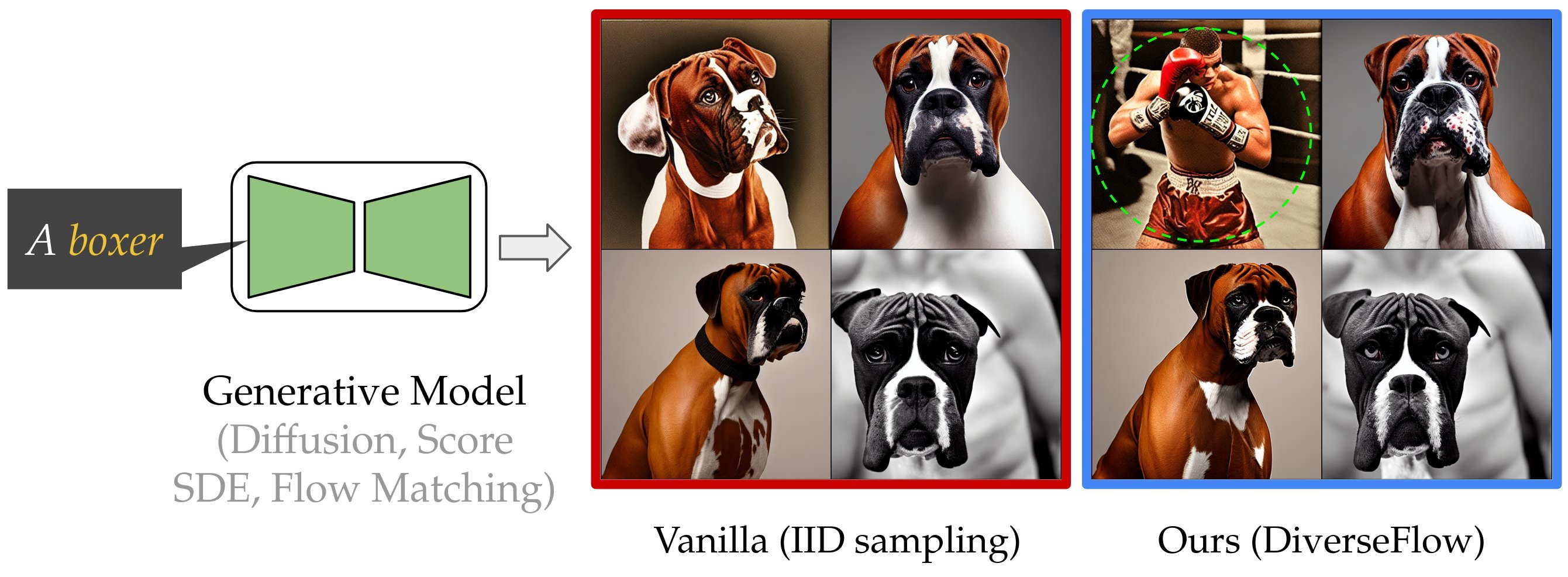
Diverse Mode Coverage

Concluding Remarks
Summary
- AI systems are progressing at a rapid pace.
- But, they exhibit biases.
- Need to develop methods for automated auditing of artificial intelligence systems for bias.
- Next generation of artificial intelligence systems have to be designed with bias mitigation.
- Appreciable gap exists between current solutions and ideal unbiased AI systems.
Thank You

